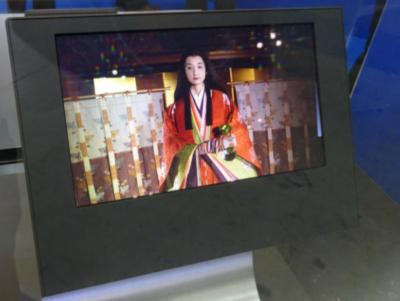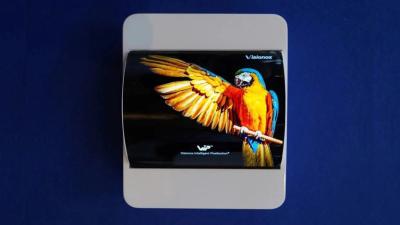Japan Display cancels its planned eLEAP OLED JV with HKC, now plans to produce panels itself in China
In 2022, Japan Display (JDI) announced that it has developed a "historic breakthrough in display technology" - a new OLED deposition process which they refer to as eLEAP, that is said to be cost effective and can be used to create freeform OLEDs that are brighter, more efficient, and longer lasting compared to OLEDs produced using mask evaporation (FMM).

Japan Display announced an agreement with China-based LCD maker HKC Corp to mass produce panels by 2025 in China, based on JDI's technology. But now it is reported that this joint venture is canceled. The report suggests that the two companies could not agree on a license fee that HKC was to pay to JDI. There is speculation that the HKC's canceled IPO and the slowdown in China's economy are to blame.






